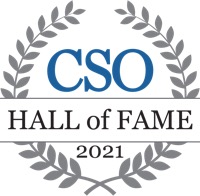On Cognition
2014-05-06
Context: Keynoting at ShowMeCon.
Here are my integrated slides (in PDF, each build its own slide) for my combined talk on how to apply some of the knowledge and research from the world of cognitive science to organization thinking, especially in the context of a security profession. This reading list still applies, to which I’ve added Traffic, by Tom Vanderbilt.
In brief: We often model other humans as one-dimensional caricatures - because it’s efficient for our brain to do so; because it’s hard to think in a different mode than our own; because we don’t see ourselves as the villain in our own story. To be effective partners in our organizations, we have to understand not only how this affects other people, but how it affects ourselves; and then rewire our behavior to move past these caricatures and have dialogues that change behavior, not just reinforce stereotypes.
Here are my integrated slides (in PDF, each build its own slide) for my combined talk on how to apply some of the knowledge and research from the world of cognitive science to organization thinking, especially in the context of a security profession. This reading list still applies, to which I’ve added Traffic, by Tom Vanderbilt.
In brief: We often model other humans as one-dimensional caricatures - because it’s efficient for our brain to do so; because it’s hard to think in a different mode than our own; because we don’t see ourselves as the villain in our own story. To be effective partners in our organizations, we have to understand not only how this affects other people, but how it affects ourselves; and then rewire our behavior to move past these caricatures and have dialogues that change behavior, not just reinforce stereotypes.

